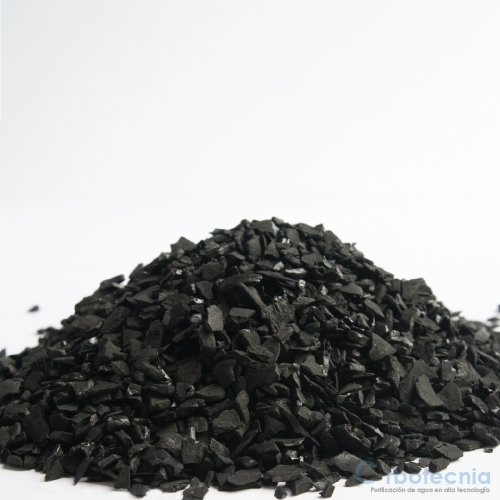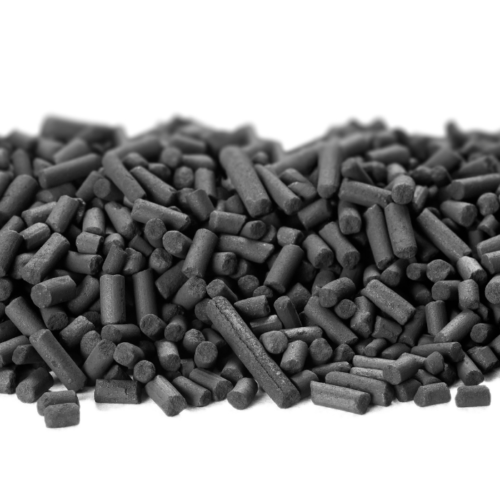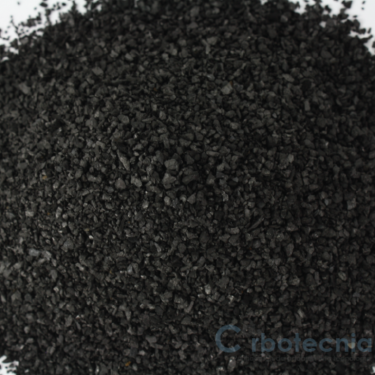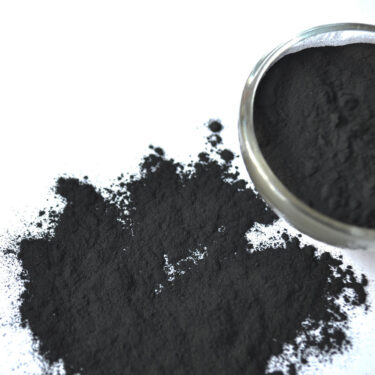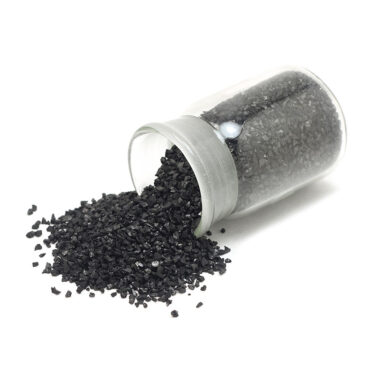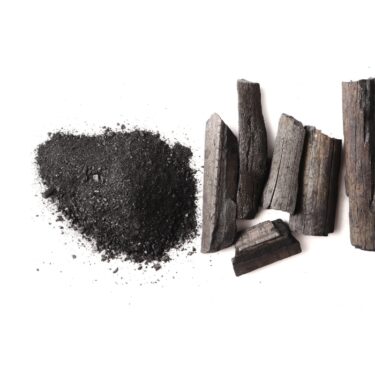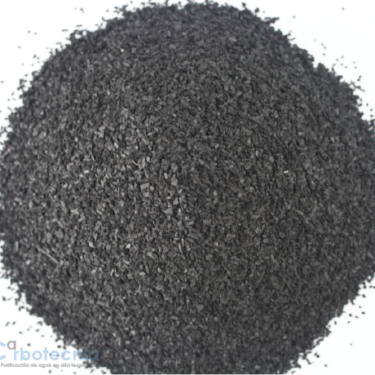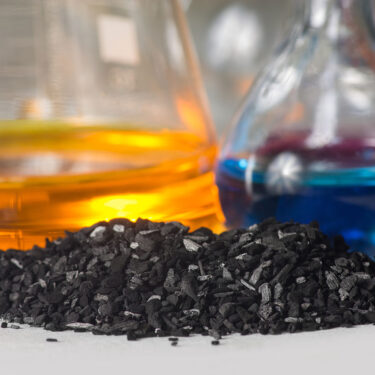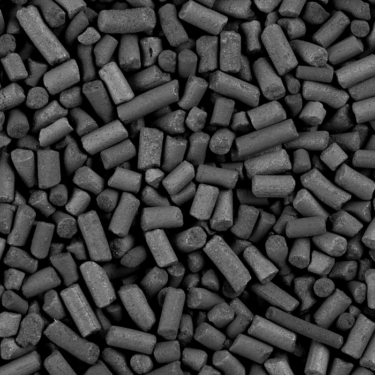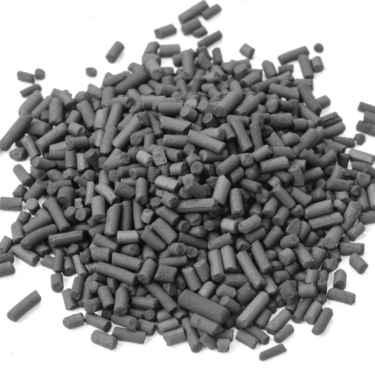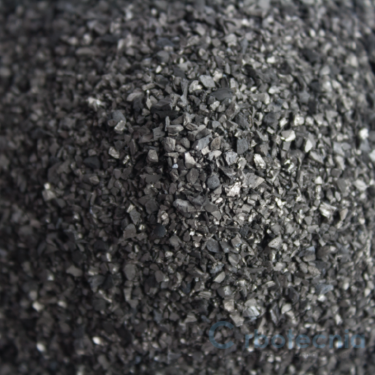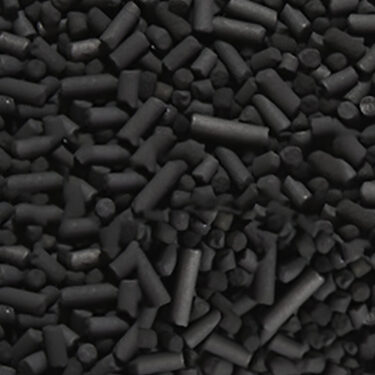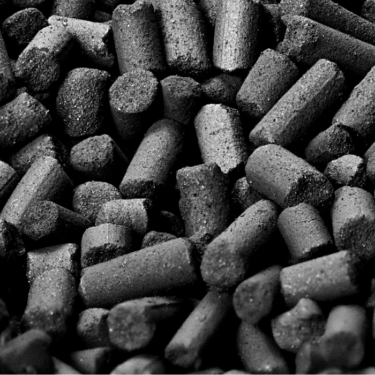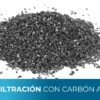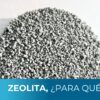Description
Granular activated carbon for adsorption of ammonia gases and low molecular weight amines.
Activated carbon raw material to retain ammonia: coconut shell
Particle size range (mesh): 4×10, 6×12, 8×14, 14×30, or 4 mm pellet.
Presentation: 10 kg bucket, 25 kg sacks, 100 kg bags.
Applications of activated carbon for ammonia:
- Cartridge respirators (face masks)
- Control of pollutant emissions in various chemical processes.
- Odor control in photocopy rooms.
- Fish processing.
After activation, the carbon is impregnated with acidic surface groups, which are very stable and strongly bound to the carbon surface. These groups give the carbon a great capacity for the retention of alkaline molecules, such as ammonia and low molecular weight amines.
Vapamon must be handled with the care corresponding to an acidic material and must be kept in an environment as dry as possible, since it is hygroscopic (it adsorbs moisture). However, these precautions are compensated by the capacity of this coal, which is approximately double that of other impregnated coals manufactured to retain gases and alkaline vapors.
Retains:
- Ammonia (NH3) and amines.
- All types of organic vapors (although with lower capacity than unimpregnated carbon)
Compound suggested for testing:
Ammonia (NOTE: organoleptic tests should not be performed, as ammonia fumes may cause respiratory arrest).
Among the compounds it retains are:
Ammonia
Benzylamine
n-Butylamine
Cyclohexylamine
Diethylamine
Dimethylamine
Di-n-propylamine
Ethylamine
Ethylenediamine
α Phenylethylamine
ß Phenylethylamine
Hexamethylenediamine
Isobutylamine
Isopropylamine
Methylamine
Methylethylamine
n-Propylamine
sec-Butylamine
t-Butylamine
Tetramethylenediamine
m-Toluidine
o-Toluidine
p-Toluidine
Triethylamine
Trimethylamine
Tri-n-propylamine

